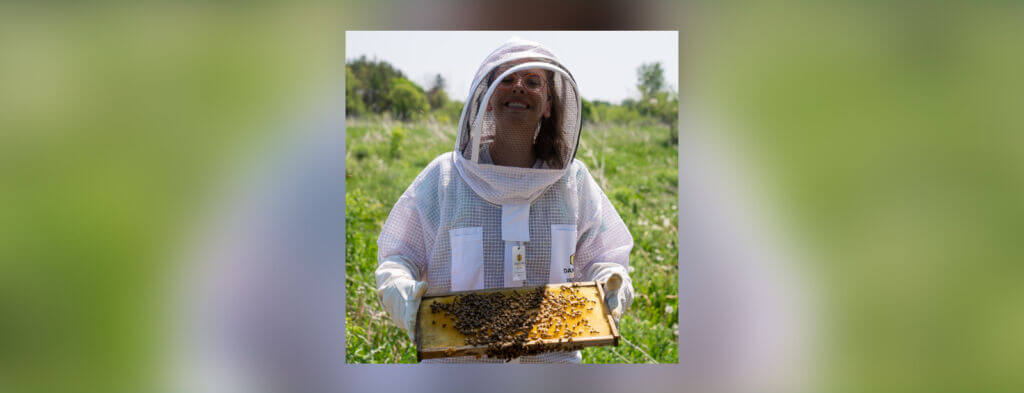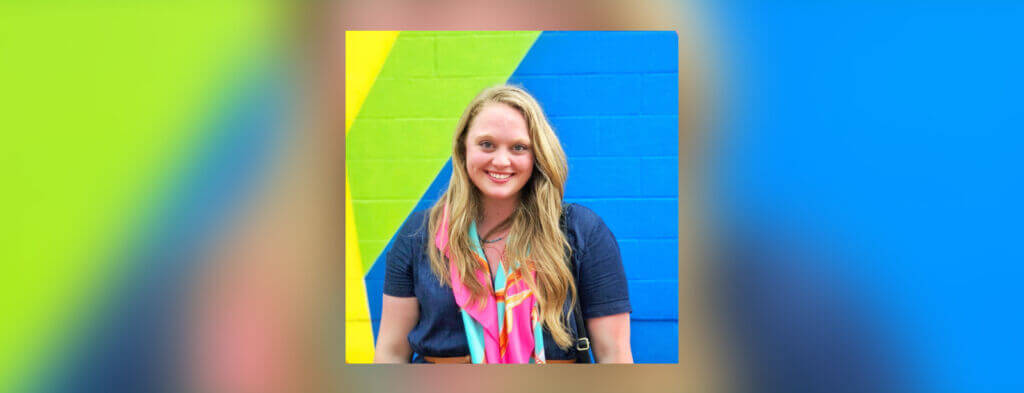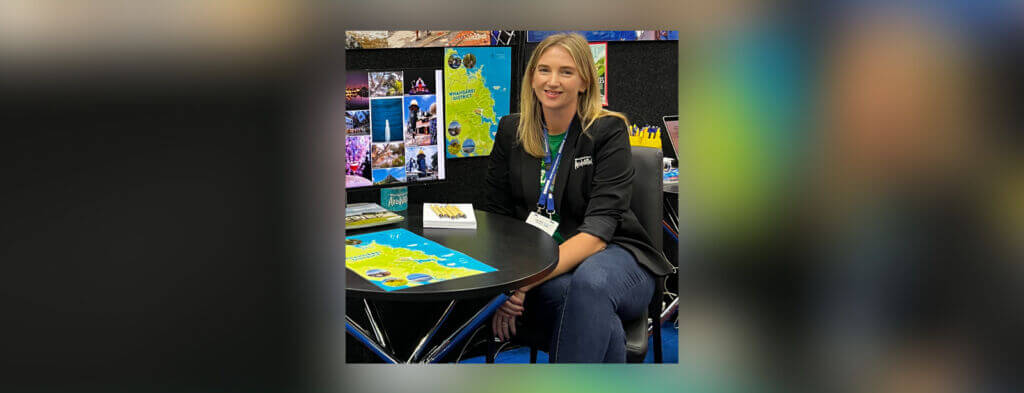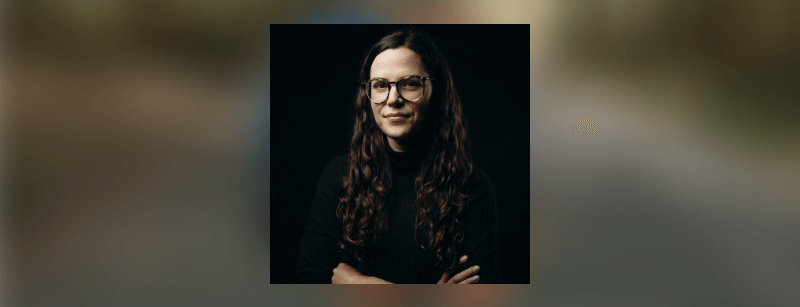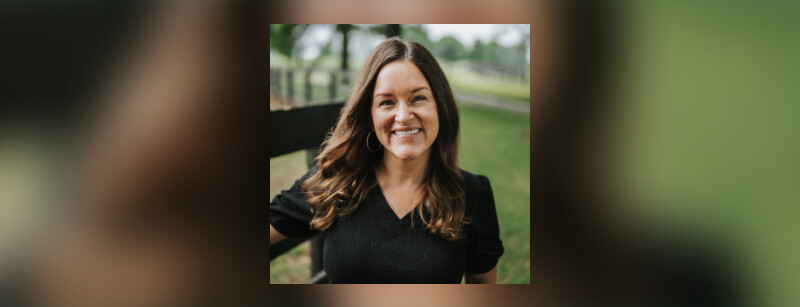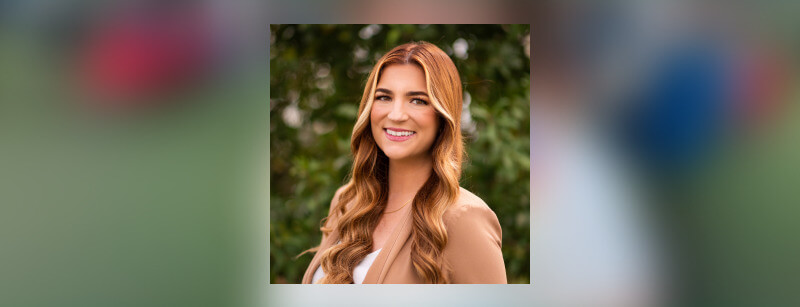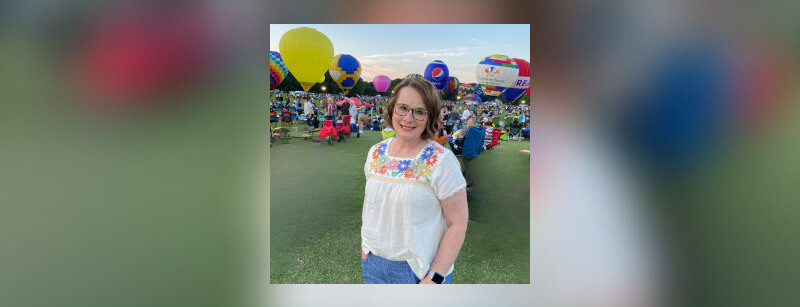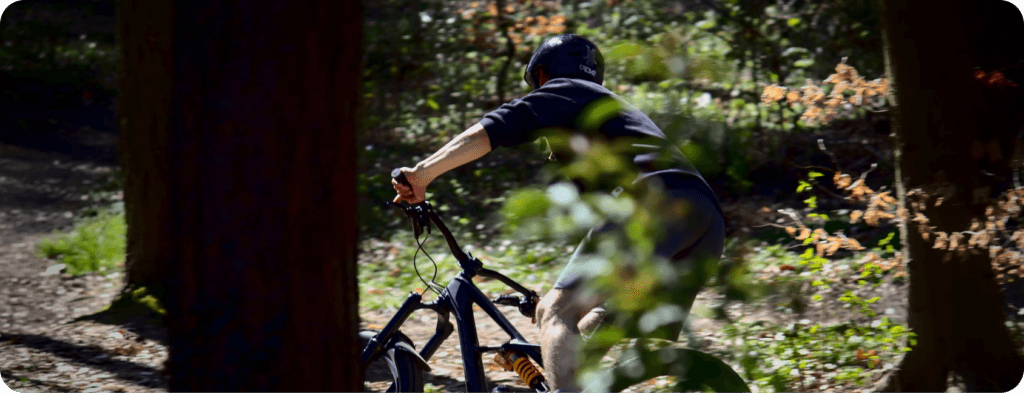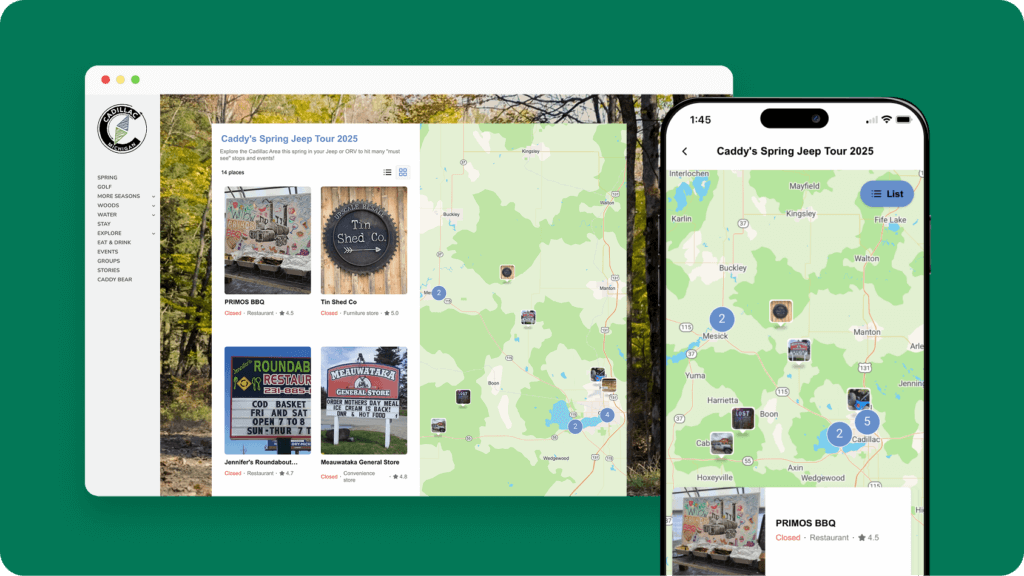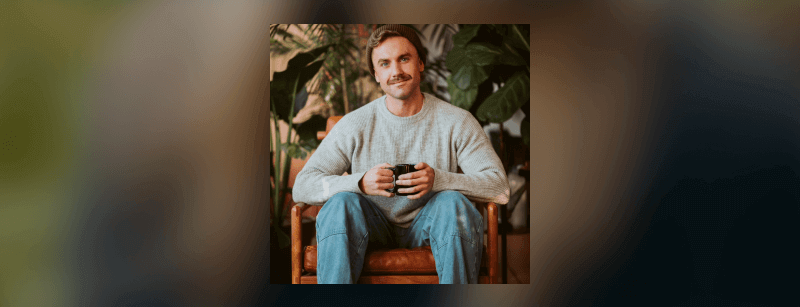
Every morning, Ken Sliwa logs into CrowdRiff and documents how many new images have come into the platform from tracked hashtags.
Sliwa, Community Relations Administrator, Arizona State Parks and Trails, says keeping this record tells him two things:
- What days of the week or times of the year they're getting more content activity.
- Which of Arizona's 30+ parks are popular and where there has been more or less visitation.
He'll then request the rights to the images that best represent the parks.
In July, he secured the rights to 400 new images, a record he hopes to exceed in August.
That brings Arizona State Parks' total rights-approved image count up to 5050.
Since the team started using CrowdRiff eight months ago, they've experienced dramatic growth in both social media followers and engagement. Specifically, they've increased their followers by 45% and engagement by 70%.
"What we really attribute that to is the process of providing more user-generated content in our feed instead of stock images or something that we pay to a photographer to go out and take," says Sliwa.
A daily routine for requesting rights to UGC
Here's the process Sliwa uses to build his library of rights-approved images.
- Every morning, go into the CrowdRiff platform and see what new images have been pulled in based on tracked hashtags. Sliwa says especially after a weekend when a lot of content has come in, "it's good to start in the morning and work your way through the several hundred images, rather than trying to spread that out over the day."
- Use the image information to optimize what content comes into your library: add or remove hashtags, and block search terms or accounts like a business that might not appeal to you.
- Record any trends you're seeing through the images. For example, Sliwa has noticed a lot more content around young families exploring the outdoors, and groups he's not used to seeing visit Arizona in the summer — a result he says of appealer to a wider audience because of their social media growth.
- Identify the visuals that represent people's positive experiences at your destination or travel experience.
- Add those images to the appropriate Hashtag Rights App.
- Send out a rights request to the user.
"It's good to start in the morning and work your way through the several hundred images, rather than trying to spread that out over the day."
Using rights to build relationships with content creators
Not only has requesting rights to images helped engaged people at the park level, but it's also been a great way to create a two-way digital conversation.
By using and requesting the rights to people's visuals, Sliwa says it actually encourages certain users to post more.
"The thing that's really been great for us is that our visitors and followers are seeing that we are resharing things that they're providing. They know that we're actively going out and searching for things that they're interested in and posting, and we're able to share that to our audience. That brings them more followers and more exposure."
"For some of them, it's considered a badge of honor that we're using their images."
The team always gives credit to the creator when using an image. Because they've built a reputation for respecting people's creative process and copyright, Sliwa says they've been seeing a lot more positive responses for all kinds of image requests.
Distributing rights-approved content across marketing channels
Arizona State Parks uses its rights-approved images across every marketing channel, including:
- Social media: Facebook, Twitter, and Instagram
- On their website
- In promotional video content for the parks
- For media requests for stories about certain parks or visitors coming to different areas
"People are seeing that we're not just taking their image and reusing it because it was really interesting or unique, but we're also using it for more promotional purposes. It's on our main website, it's on the news, it's on social media."
Sourcing content before CrowdRiff was a challenge
The team had their own photographers and also worked with freelance photographers to collect images from parks that were scattered across the state.
"It wasn't as consistent. We weren't getting the variety, and we missed things that were less staged. Now we can search the social media landscape so easily through CrowdRiff."
It was also time-consuming to collect great content. Some of the parks are three or four hours apart.
"If we wanted to go to a park for a special event or take pictures on certain days, we were restricted between travel and the time spent there and the kinds of pictures you might get, and maybe the weather wasn't great."
"Now we're getting it from the entire state 24 hours a day from a variety of different sources."
Sliwa says CrowdRiff has allowed the team to promote the parks more effectively to the widest possible audience while maximizing their resources.
"Now we're getting [content] from the entire state 24 hours a day from a variety of different sources."
The team still works with photographers to create specific content for marketing campaigns and promotions. Sliwa says the new arrangement is much more effective.
"We're saving money, time, and resources by using CrowdRiff to improve the visual experience for people that aren't familiar with our business for the parks."


